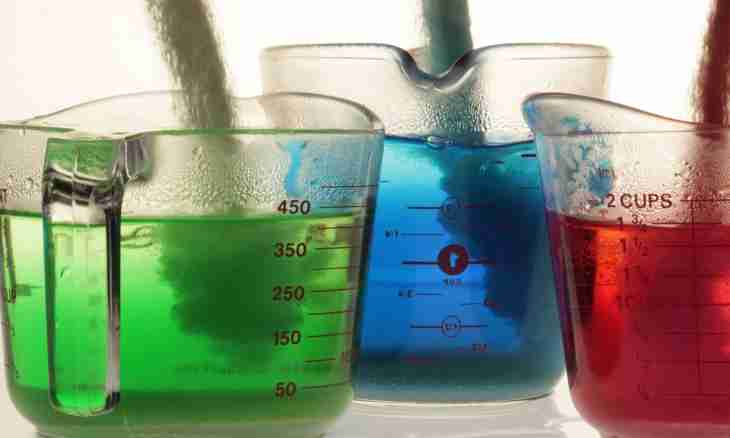Water – the most widespread connection on Earth and one of the most reactive substances, universal solvent. Under usual conditions it is flavourless transparent liquid, color and taste.
Instruction
1. Bonds between oxygen and hydrogen in the molecule H2O are polar: atom of oxygen bears on itself a partial negative charge (δ-), hydrogen atom – a partial positive charge (δ+). A molecule of water in general – a polar molecule, i.e. a dipole [+-]. Oxygen atom in it has two not divided electronic couples on an external layer.
2. Both hydrogen, and oxygen in a molecule of water are in steady oxidation levels: +1 and-2 respectively. Therefore water has no little expressed oxidation-reduction properties. The Oxidation-reduction Reactions (ORR) are possible only with very active oxidizers or reducers.
3. At a usual temperature H2O reacts with alkaline and alkaline-earth metals (strongest reducers). They restore water to hydrogen and form at the same time the soluble bases in water – alkali. When heating, water or water vapor interacts also with less active metals, such as magnesium, iron. In reaction with the last iron oxide (II, III) and hydrogen is formed. As oxidizer water reacts also with hydrides of alkaline and alkaline-earth metals.
4. Water can perform as reducer in interaction with the strongest oxidizer – fluorine. At the same time fluorine hydride and oxygen is formed. At a temperature above 1000 degrees Celsius there is an intramolecular oxidation-reduction process – water vapor decays on hydrogen and oxygen.
5. Liquid water is capable to self-ionization. Communications of O-H in separate molecules are weakened and broken off, and the proton of H+ hydrogen on the donorno-acceptor mechanism joins atom of oxygen of the next molecule. Simply this process registers the equation: H2O ↔ (H+)+ (OH-).
6. Water – amphoteric, but very weak electrolyte. Its constant of dissociation at 25 degrees of K (D)=1.8x10^ (-16), the ionic work – K=10^(-14). Concentration of ions of hydrogen and hydroxide ions are equal to 10^ (-7) to mol/l (neutral environment).
7. Water does not show the expressed acid and main properties, but has the strong ionizing effect on the electrolytes dissolved in it. Under the influence of H2O dipoles the polar covalent bonds in the dissolved molecules turn into ionic, and solutions of substances begin to show acid (HCl, CH3COOH, C6H5OH) or the main (NH3, CH3NH2) properties.
8. Hydration reactions – accessions of water to substance are characteristic of ions, oxides, organic compounds. Many substances are salts, carbides of metals, galogenalkana, digalogenalkana, alcoholates of metals, halogen producing benzene, esters, di - and polysaccharides, proteins – as a result of exchange interaction between their molecules and molecules of water decay, i.e. are hydrolyzed.

